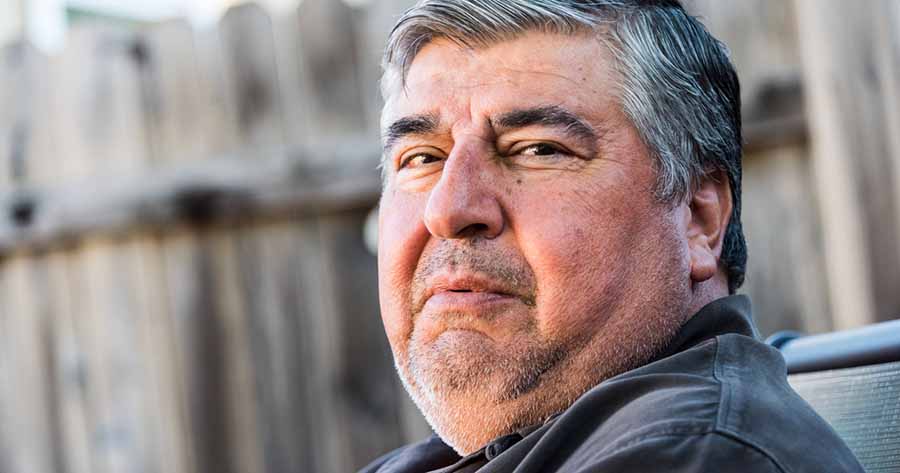Comparing analysis of genetic variations in 35 000 people with type 2 diabetes with 115 000 controls has yielded the discovery of 10 previously unreported gene regions associated with type 2 diabetes development, two of which demonstrate sex-differentiated association. These recently discovered regions bring the total to over 60, as reported online in Nature Genetics on 12 August 2012.
Director of the investigation, Professor Mark McCarthy of the Wellcome Trust Centre for Human Genetics at Oxford University claims that this breakthrough will allow for the development of novel diabetes drugs. He asserted that, “It is hard to come up with new drugs for diabetes without first having an understanding of which biological processes in the body to target.”
In order to pinpoint the exact location of the gene responsible for these biological reactions the scientists are now sequencing the genomes of both people with diabetes and those without the condition. These comparative sequences will be available next year.





